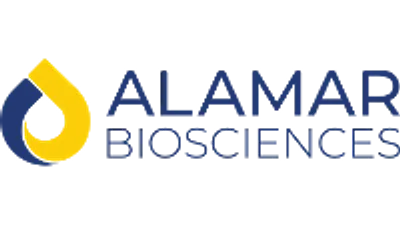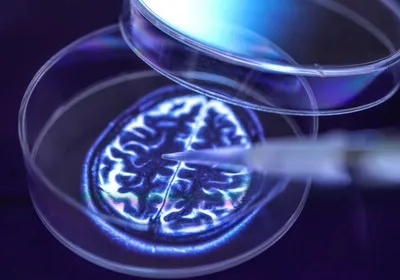Before the advent of general anesthesia in the mid-19th century, surgery was a traumatic experience for everyone involved—the patient, of course, but also the medical staff and anyone who happened to walk by the surgery room and could hear the screams. The practice of putting patients in a reversible coma-like state changed surgery to a humane and often life-saving therapy. Because general anesthesia was such a game changer in medicine, these drugs were implemented in the operating room many decades before researchers understood how they worked.
Nowadays, researchers and anesthesiologists know much more about the mechanisms underlying the effects of anesthetic drugs and how they produce the profound change in behavioral state that implies a total lack of perception. Anesthetics primarily act on receptors located in the brain and produce oscillations in the brain’s circuits, leading to a state of consciousness that it is much more similar to a coma ...





















